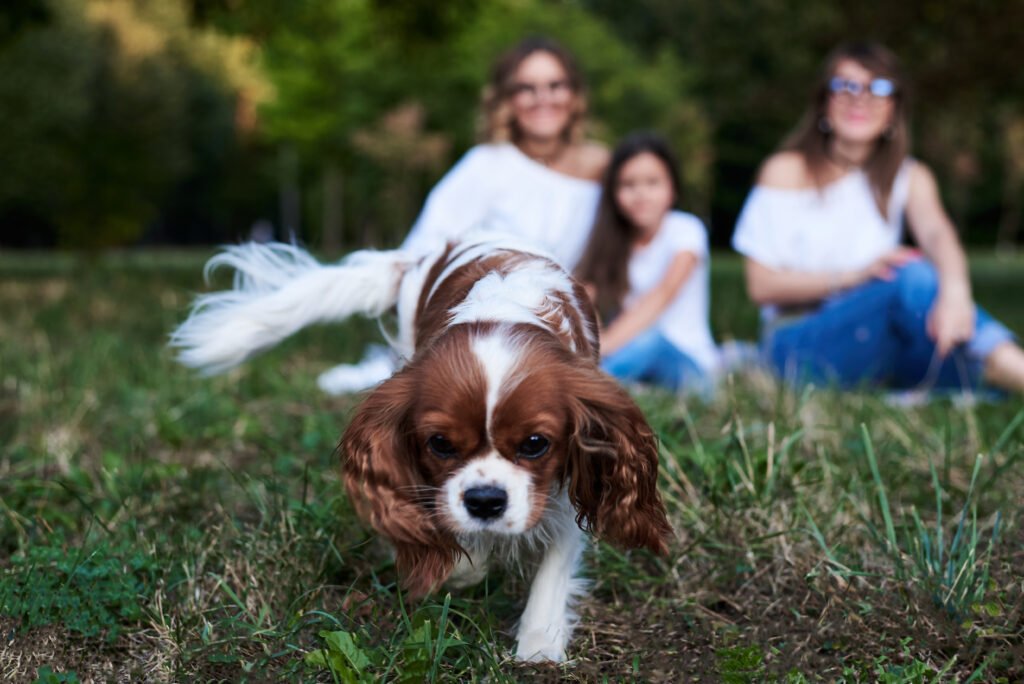Many dog breeds have been selectively nurtured for their companionship traits and social instincts, which often result in strong attachments to their human families. This evolutionary trait makes some dogs less equipped to handle solitude. Owners should be mindful of these social needs when choosing a pet, especially if they’re often away from home.
The Science Behind Separation Anxiety in Dogs

Dogs that struggle with being left alone may experience separation anxiety, a distress condition similar to what humans feel. Researchers believe that a dog’s wild ancestors lived in close-knit packs, and this ingrained social structure makes solitude difficult for some breeds. Biological factors, past experiences, and individual temperament all contribute to a dog’s ability to cope with loneliness.
Signs Your Dog Can’t Handle Being Left Alone

While some canines might seem indifferent, others exhibit clear signs of distress when left alone. These include excessive barking, destructive behavior, house soiling, and even self-injury. If a dog displays these symptoms, it may be suffering from separation anxiety and may benefit from behavioral training or the companionship of another pet.
Breeds That Typically Dislike Solitude

Certain breeds are particularly notorious for their dislike of being alone. Social dogs like Labrador Retrievers, Cavalier King Charles Spaniels, Border Collies, Bichon Frises, and Dachshunds are known for their low tolerance for solitude. These breeds thrive on interaction and are often happiest when they are part of daily family activities.
The Labrador Retriever: A Social Butterfly

Labrador Retrievers are famously friendly and one of the most popular dog breeds in families. Their sociable nature means they often demand attention and affection, resulting in difficulties coping with being left on their own. Labs are eager to please and benefit significantly from a household environment bursting with activity and engagement.
Cavalier King Charles Spaniel: Companion by Nature

This breed has been adored by royals for its exceptional companionship qualities. Cavalier King Charles Spaniels are affectionate and gentle, forming intense bonds with their humans. Their gentle demeanor makes them fantastic lap dogs, but their reliance on human presence can be a challenge when left alone for extended periods.
Breed Alternatives for Busy Households

If one’s lifestyle involves frequent absences, there are several dog breeds known for their independence. Breeds like the Basenji, Chinese Shar-Pei, and certain terrier breeds are more capable of handling solitude. Before adopting, it’s important for potential dog owners to consider the breed’s temperament and their own daily schedule.
Strategies to Mitigate Separation Anxiety

There are multiple strategies that can be employed to help breeds cope with being left alone. These include crate training, providing stimulating toys, setting up a designated ‘safe space’, and even hiring a dog walker or pet sitter. Training programs and consultation with a pet behavior specialist can also provide long-term solutions to separation anxiety.
In conclusion, understanding a dog’s breed-specific social needs is crucial in creating a harmonious relationship between pet and owner. Recognizing these needs ensures that both parties lead happier, more fulfilling lives.

Andrew Alpin from India is the Brand Manager of Doggo digest. Andrew is an experienced content specialist and social media manager with a passion for writing. His forte includes health and wellness, Travel, Animals, and Nature. A nature nomad, Andrew is obsessed with mountains and loves high-altitude trekking. He has been on several Himalayan treks in India including the Everest Base Camp in Nepal.






